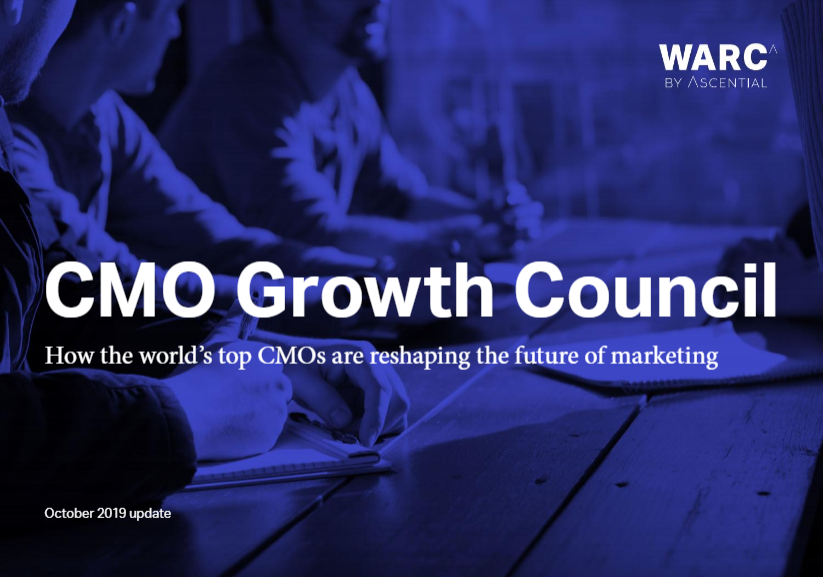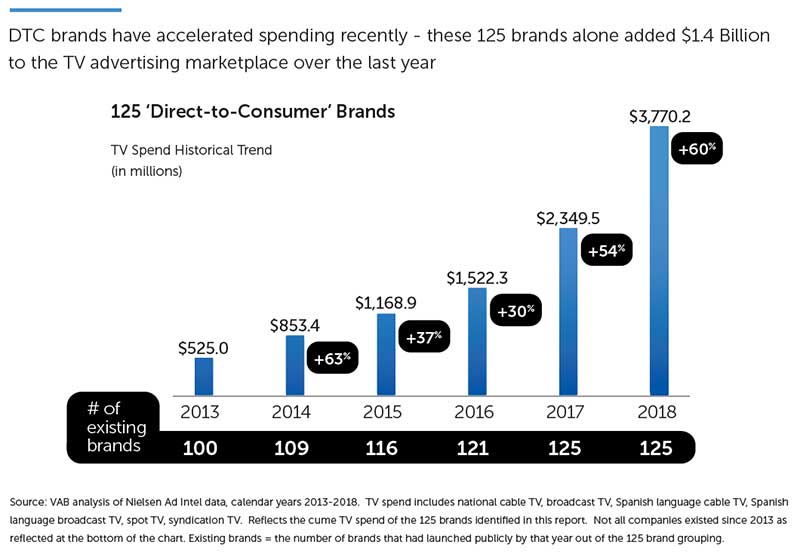It appears that brand building is back, after years of digitally-enabled performance work drawing the lion’s share of the budget. WARC’s David Tiltman considers the evidence.
Whisper it softly, but brand-building seems to be back in fashion.
It’s a trend we’re looking at for our Marketer’s Toolkit 2020, and we’ve been asking about it in the survey that feeds into that work (it’s still open – take part here).
It’s a timely topic. As WARC users know well, for years Les Binet and Peter Field have argued that marketing works across the long-term as well as the short – and that marketers have been shifting budget into performance marketing (with short-term payoffs) and out of brand-building (with long-term impact).
We’re seeing growing evidence that the message is getting through at the very highest levels.
Exhibit 1: our new report from the CMO Growth Council. This is a collection of very senior marketers brought together by the Association of National Advertisers and Cannes Lions (WARC’s sister company) to discuss and shape the future of marketing. What struck me, as I listened to the marketers speak, was how many of them referenced the balance between performance marketing and brand-building. And how many of them recognise that they have got the balance wrong.

Exhibit 2: This recent report from eBay, a performance marketer par excellence. It moved its brand investment from 10% to 35% of the total and saw improved performance.
Exhibit 3: This new research on DTC advertisers in the US. These ‘direct’ brands increased TV investment 60% in 2018, according to the Video Advertising Bureau. This seems to have been the year DTC brands have realised that one way to bring down customer acquisition costs is… to have a strong brand.

Exhibit 4: The two-year experiment from IAG in Australia to run 80% of its budget on brand-building in one region, while investing in ‘excess share of voice’.
And we’re seeing other sources back up the IPA analysis – like the recent Effie Australia analysis from the Communications Council. Among other things, it found that brand effects only really kick in after a campaign has been in the market six months.
So should we expect an avalanche of long-term brand campaigns as marketers realise the error of their ways? Maybe. Understanding a problem doesn’t mean you can solve it. It is clear from the CMO Growth Council discussions that many marketers feel they lack the tools and the metrics to judge success of their brand activity – for example, an industry-standard definition of brand equity that can be tracked over time. Their question: how do we make our case?
And that was clear in some IPA/FT research debuted at Cannes this year. An astonishing 30% of senior marketers felt their ability to build brands was average to poor.
At a time when their budgets, and even their roles, are under threat, they don’t necessarily have the bandwidth or the leverage to shift large volumes of budget into brand-building and risk their short-term performance metrics.
But, bit by bit, the case is being made and the pendulum is swinging back. It’s about time.

